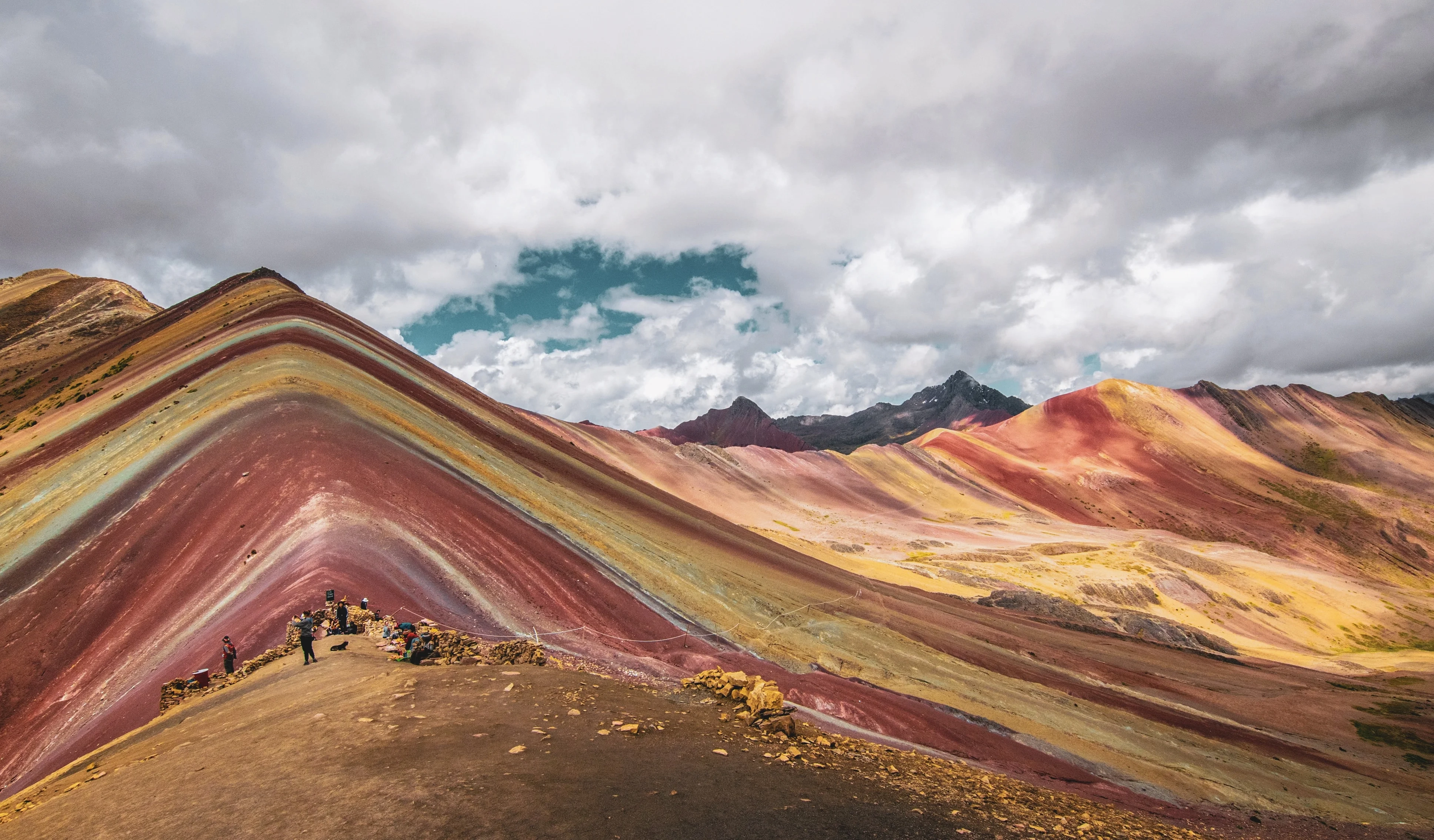1. Cost of Living: The cost of living in Peru is generally lower than in many Western countries. Rent, groceries, and transportation costs can vary based on the city. Lima, the capital, tends to have higher living expenses compared to other regions.
2. Accommodation: Rent prices vary depending on the city and neighborhood. Lima offers a range of housing options, from apartments to houses. In other regions, rental costs may be lower.
3. Healthcare: Peru has a mix of public and private healthcare services. Major cities have modern hospitals and clinics. Expatriates often opt for private healthcare, which may require health insurance coverage.
4. Transportation: Public transportation, including buses and taxis, is widely available in urban areas. Lima has a growing metro system. Owning a car is common, but traffic conditions can be challenging.
5. Food: Peruvian cuisine is diverse and renowned globally. Local markets offer fresh produce, and street food is popular. Eating out can be affordable, especially at local eateries known as "cevicherías" and "pollerías."
The average cost of living in Peru can vary depending on factors such as location, lifestyle, and personal spending habits.
Average Cost of Living in Peru (Monthly):
1. Accommodation:
- Rent for one-bedroom apartment (city center): $300 - $600 per month
- Rent for one-bedroom apartment (outside the city center): $200 - $400 per month
2. Utilities:
- Basic utilities (including electricity, heating, cooling, water, garbage): $50 - $100 per month
3. Groceries:
- Monthly grocery cost for one person: $150 - $300
4. Transportation:
- Public transportation: $20 - $50 per month
- Gasoline (1 liter): $1.20 - $1.50
5. Dining Out:
- Meal at an inexpensive restaurant: $5 - $10
- Meal at a mid-range restaurant for two: $20 - $40
6. Healthcare:
- Basic health insurance: $50 - $100 per month
7. Miscellaneous:
- Internet: $20 - $50 per month
- Fitness club: $20 - $50 per month
Pros:
- Rich Culture and History: Peru boasts a rich cultural heritage, with ancient civilizations like the Inca leaving a lasting impact on the country's history.
- Diverse Geography: Peru offers diverse landscapes, from the Andes Mountains to the Amazon Rainforest and the Pacific Coast, providing a variety of outdoor activities.
- Affordable Living: Compared to many Western countries, the cost of living in Peru can be more affordable, especially in terms of housing and daily expenses.
- Culinary Delights: Peru is renowned for its delicious and diverse cuisine, with dishes like ceviche, lomo saltado, and traditional Peruvian desserts.
- Friendly Locals: Peruvians are generally known for their friendliness and hospitality towards foreigners.
Cons:
- Bureaucracy: Dealing with bureaucracy and administrative processes may be time-consuming and sometimes frustrating.
- Traffic and Infrastructure: In major cities, traffic congestion can be an issue, and infrastructure in some areas may not be as developed as in other countries.
- Safety Concerns: Crime rates, particularly in urban areas, can be a concern, and expats should take precautions to ensure their safety.
- Altitude Challenges: Some areas in Peru, especially in the Andes, are at high altitudes, and newcomers may need time to acclimate to the changes in elevation.
- Limited Job Market for Non-Spanish Speakers: Fluency in Spanish is often a requirement for many job opportunities, limiting options for those who do not speak the language.
1. Lima: Lima is a bustling metropolis with a mix of modern amenities, cultural attractions, and a vibrant culinary scene. It offers job opportunities in various sectors.
2. Arequipa: Arequipa has a pleasant climate, a strong cultural identity, and proximity to natural wonders like Colca Canyon.
3. Cusco: Cusco is rich in history and culture. It's a gateway to Machu Picchu and offers a unique blend of Inca and colonial influences.
4. Trujillo: Trujillo boasts archaeological sites, beautiful beaches, and a pleasant climate. It has a growing economy and offers a more relaxed lifestyle.
5. Piura: Piura is a city with a growing economy, and it's a gateway to beach destinations like Mancora. The city has a warm climate.
- Learn Basic Spanish:
While English is spoken in some urban areas, having a basic understanding of Spanish will be immensely helpful in daily life and when dealing with administrative tasks.
- Financial Preparation:
Ensure you have sufficient funds to cover your initial expenses and support yourself until you secure employment or settle into your new life.
- Accommodation:
Research and arrange temporary accommodation before arriving. This will give you time to explore different neighborhoods and find a place that suits your preferences.
- Cultural Awareness:
Familiarize yourself with Peruvian culture, customs, and social norms. Understanding local customs can help you integrate more smoothly.
- Local Registration:
Once in Peru, ensure you complete any required local registrations promptly. This may include obtaining a local identification card (DNI) or registering with local authorities.





